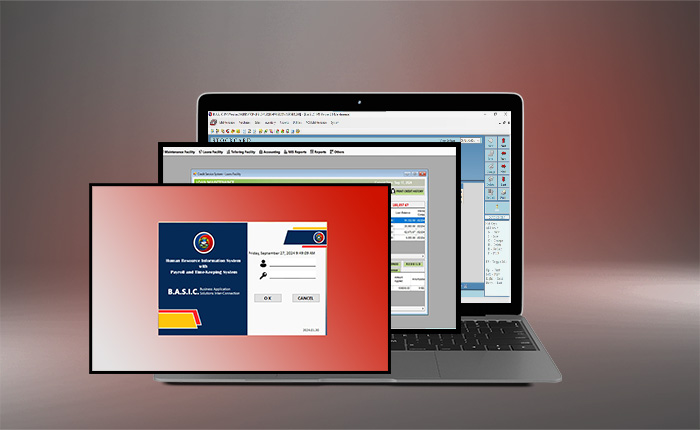
Software Features & Benefits
1. Employee Database Management
• Centralized storage for employee data (personal details, job roles, contracts).
• Real-time updates and easy access for HR professionals.
2. Payroll Management
• Automates payroll calculations, tax deductions, and compliance..
• Integrates with accounting systems and direct deposit.
3. Recruitment and Onboarding Tools
• Applicant tracking system (ATS) for managing job postings and applications.
• Streamlined onboarding processes with digital forms and training schedules.
4. Performance Management
• Tools for goal setting, tracking performance reviews, and appraisals.
• Insights through reporting and analytics to measure employee productivity.
5. Time and Attendance Tracking
• Tracks employee working hours, leaves, and absences.
• Integrates with biometric systems or time-tracking tools.
6. Benefits Administration
• Manages employee benefits like health insurance, retirement plans, and perks.
• Provides self-service portals for employees to enroll or modify benefits.
7. Compliance Management
• Ensures adherence to labor laws and regulations.
• Automatically updates with changing legal requirements.
8. Learning and Development (L&D)
• Offers tools for e-learning, skill development, and training programs.
• Tracks employee certifications and mandatory training.
9. Self-Service Portal
• Enables employees to access their profiles, apply for leave, and update personal details.
• Reduces HR administrative workload.
10. Data Analytics and Reporting
• Generates detailed reports on employee trends, turnover, and productivity.
• Helps in strategic decision-making through data-driven insights.
1. Increased Efficiency
• Automates repetitive HR tasks, saving time for strategic initiatives.
2. Enhanced Data Accuracy
• Minimizes errors in payroll, compliance, and employee records.
3. Improved Decision-Making
• Improved Decision-Making
4. Cost Savings
• Reduces paperwork, manual errors, and administrative overhead.
5. Better Compliance Management
• Simplifies adherence to regulations and reduces the risk of penalties.
6. Improved Employee Experience
• Self-service portals empower employees and improve satisfaction.
7. Streamlined Recruitment Process
• Speeds up hiring and onboarding with automated workflows.
8. Scalability
• Adapts to organizational growth and changing workforce needs.
9. Centralized Data Access
• Provides a single source of truth for all HR-related data, ensuring consistency.
10. Increased Productivity
• Frees up HR teams to focus on talent management and organizational development.